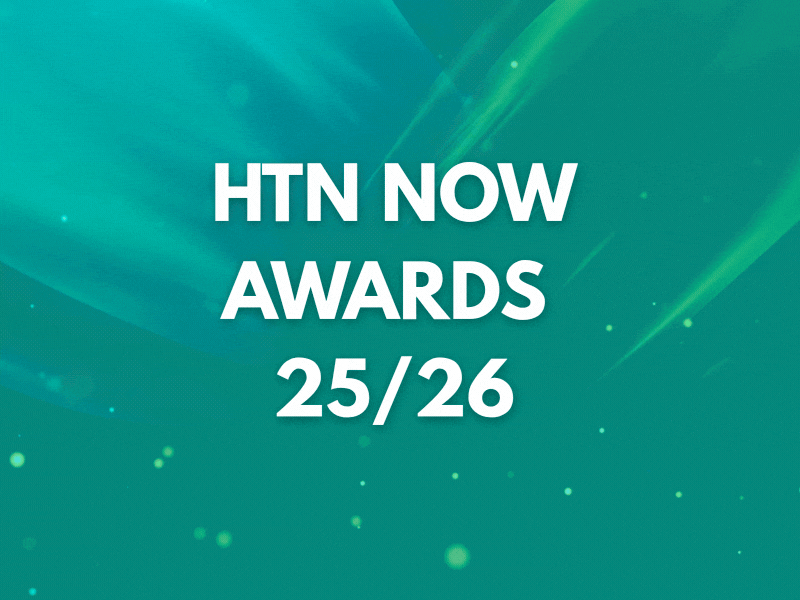Greater Manchester Mental Health NHS FT has introduced a new algorithm to help identify services users most likely to require crisis services.
The IM&T and R&I departments at the trust have been working with Otsuka Health Solutions to implement a risk of crisis algorithm to help predict service users who may use A&E, Community Crisis Services or Inpatient care services.
The tool is being used by community mental health teams and uses data from electronic patient records, to calculate a propensity score for each service user, which in turn informs caseload stratification.
Based on evidence and different complexities of service users, the Management and Supervision Tool or MaST, provides insight for teams into the skills and resources that a service user may need. These factors are indicators of their additional support needs, vulnerabilities or potential risks. By combining the risk of crisis with complexity ratings (High, Medium or Low), a two dimensional matrix, the ‘MaST grid’ is created which supports decision making by identifying cohorts of people who may require different levels of health and social care resources.
The trust said it has saved time for managers and clinicians, and displays information that would have otherwise been buried in the EPR.
In accordance with social distancing guidance, GMMH and OHS have worked to develop a >4 week-contact-frequency-filter to enable teams to ‘keep sight’ of their activity and prioritise contact for people who may be the most complex or at risk of crisis.
John Sainsbury, Innovation Manager, Greater Manchester Mental Health NHS FT said to HTN “During the 15 years of my career as a clinician and manager of front line mental health services, I developed a range of manual systems, for personal, team or service performance management, caseload weighting, clinical prioritisation and follow up planning. They often took hours, were clunky, ranged in effectiveness and use by staff and helped to turn my hair grey.”
“In my role as Innovation Manager for GMMH Foundation NHS Trust, I was asked to support the implementation and adoption of MaST. The precision of the data, the colourful graphics, the variety of dashboards and the power of the risk of crisis and complexity stratification system was impressive.”
‘The relevance and usefulness of MaST, as a Mental Health visual management system, immediately attracted me to learn more about it, inspire people to make use of its functions, thereby enabling the generation of learning health systems within CMHTs.”
“I only wish that 15 years ago, when I started my first role as a care coordinator in a Community Mental Health Team that MaST was on my desktop, it would have saved me so much time, made my work easier and enabled me to focus on people who needed my attention.”
“However, it’s here now, and I am keen to see many people use it and reap those benefits.”







